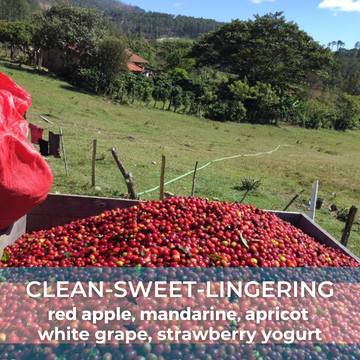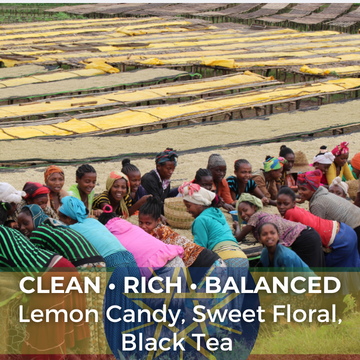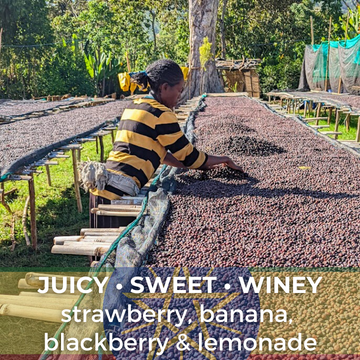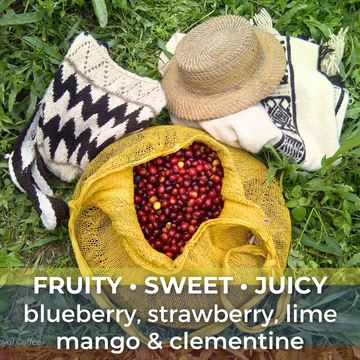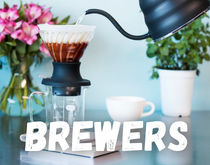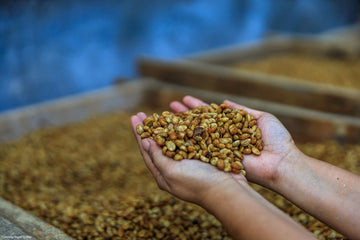All About Indonesian Coffee
We're eagerly awaiting crops from some of our favorite Indonesian origins such as Sulawesi, Flores, East Timor, Bali and Java. Most of these are expected to hit the states by the end of the month, but while we wait, we thought we'd take some time to talk about one of the world's greatest coffee treasures: Indonesia.

Overview
Indonesia produces some of our favorite coffees. They're complex, syrupy, low acidity and typically extremely dense which makes them ideal for roasting on the darker side. This is largely due to the widespread practice of a traditional processing method unique to Indonesia known as "giling basah". This semi-washed method is known commonly as wet-hulling and nearly all the coffee in the region are processed in this manner. In short, the coffee cherry is allowed to dry on the bean for a short time before being washed and removed, imparting some of the flavors of the pulp and fruit to the bean.
Indonesia is a country of islands. Thousands of islands in fact. Since we simply don't have time to talk about all of them, we're going to focus on the islands that matter to us: the ones that produce specialty grade Arabica coffee! The most well known is the island of Sumatra, which is also where most of the coffee from Indonesia comes from, upwards of 75%, so we'll start there!
*Note: We'll discuss the average harvest times and arrival times, but be aware that these averages can vary by up to a month due to many yearly variables including climate and even local political issues. For more on harvest seasons and availability, check out this page!

Sumatra
Harvest Season: November - March
Typical Arrival: April
Sumatra has the earliest harvest season in Indonesia due to it's location as the northwestern most island. We've already received new crops from Sumatra and can't wait to try more! There are several regions in Sumatra that produce specialty grade coffee including Mandheling, Lintong and Aceh, all of which are located in northern Sumatra. Mandheling coffee is produced around Lake Toba, one of the deepest lakes in the world. Named for the local population of the region, it has become synonymous with Sumatran coffee; spicy, complex and syrupy. The Lintong region is southwest of Lake Toba and has a reputation for a more earthy profile. The northernmost region is Aceh, also known as Gayo or Gayo Mountain. Grown near Lake Tawar, coffee from Aceh is generally considered to be the cleanest, or least complex of the three with a bit less body and more finely tuned acidity. Almost all of the coffee from Sumatra is processed in the traditional wet-hull method, though occasionally we get a couple lots of natural processed coffee which is typically even more complex with intense juicy, fruity flavors.

Java
Harvest Season: June - October
Typical Arrival: September
Next up we have Java, home to the capital of Indonesia: Jakarta. Java also has the distinction of being the oldest producer of coffee in the region. The coffee plant was brought to the island in 1699 by Dutch colonists and has been producing fine coffee ever since, making even the word Java synonymous with coffee! The production of coffee on the island was devastated by rust leaf (a common fungus that targets and feeds on coffee plants) in the 1880s. This forced coffee farmers out of the lowlands and onto the higher plateaus of the island resulting in a happy accident: higher grown and higher quality coffee! Most of the coffee on Java is produced by Government owned estates but in recent years, smallholder farms have taken off, giving us lucky consumers more and more variety. Most of the coffee from Java is wet-hulled in the traditional processing method, resulting in the low acidity, syrupy body and complex profile we discussed above with Sumatran coffee. In our experience, the two islands have very similar profiles, but we have found Java to typically be a bit cleaner and sweeter while Sumatra tends toward spicy and earthy.

Sulawesi
Harvest Season: May - November
Typical Arrival: August - September
Formerly known as Celebes, the island of Sulawesi is home to some of the highest (if not the highest) grown coffee in Indonesia. Nearly all of the coffee from this island comes from the southern region of Toraja which is bisected by the Sesean Mountains. Historically, coffee grown on the east side of the mountains ends up in the market town of Minanga, while coffee grown on the west side usually ends up in Sapan. Recently, however, much of the Sulawesi coffee we've been getting is chosen from the best crops from both markets, indicated with the name "Sapan-Minanga." In any case, this extremely high grown coffee (up to 2,000 masl) results in some of the cleanest and smoothest coffee you'll find in Indonesia. So if you like all the syrupy body and low acidity of Indonesian coffee but aren't a big fan of all the complex earthiness, Sulawesi coffee is for you! This very dense coffee also stands up to dark roasting quite well and even into Vienna roasts, you can still taste much of the origin character.

Bali
Harvest Season: May - October
Typical Arrival: August - September
Known as the "Hidden Jewel of Indonesia", Bali produces some of the best coffee coming out of Indonesia. Most of the coffee in Bali is grown in the Kintamani Highlands between the Batukaru and Agung volcanoes. These active volcanoes keep the soil fresh with extremely fertile volcanic ash which we know is a boon for coffee plants. The local farmers are members of a traditional farming structure known as "Sabuk Abian." Similar to a coop, this organization is based on the Hindu philosophy of "Tri Hita Karana" which teaches that the three sources of happiness are harmony with God, harmony with other people and harmony with the environment. This has led to Bali being at the forefront for Organic and Fair trade practices in Indonesia. We recently received a "conventional" (non-organic) lot from Bali as the Organic version wasn't available. Imagine our surprise when we found that the two lots were exactly the same, the conventional lot just wasn't USDA certified due to the high cost of certification. That's serious commitment to being in harmony with the environment! Once again, the coffee here is usually processed with the traditional wet-hulled method, though occasionally we'll find a fully washed or even natural processed lot. Balinese coffee is characterized by sweet chocolaty notes (think milk chocolate versus dark chocolate) and slightly higher acidity than its neighbors (think orange and other sweet citrus).

East Timor
Harvest Season: June - September
Typical Arrival: September
Commonly referred to as simply "Timor", it's more politically correct to refer to this region as East Timor since in 2002 the eastern half of the island gained independence from Indonesia, who still controls the western half. So technically this doesn't belong under "Indonesian coffee" but we include it in the same category (much like Papua New Guinea, which is also a nation separate from Indonesia) as the characteristics of the coffee are similar. Hopefully this doesn't lead to too much confusion! In fact, a whole article could be written purely on the long and turbulent history of this island, but we'll leave that to Wikipedia and focus on the coffee. Coffee has been produced on Timor for almost as long as it's been produced on Java. Dutch colonists planted the bourbon varietal on the island almost 400 years ago. After an epidemic of coffee leaf rust, a new hybrid varietal unique to Timor was introduced: Hibrido de Timor. Unlike their Indonesian neighbors, farmers in Timor process their coffee in the fully washed method, resulting in a much cleaner and more crisp profile. We typically roast coffee from Timor a bit lighter as well, usually right around Full City as opposed to Full City + or Vienna as it's unique characteristics and subtleties tend to fade in darker roasts. If you like the body of Indonesian coffee, but prefer the cleaner, more subtle tastes of Central American coffee, then you'll love Timor!

Flores
Harvest Season: May - October
Typical Arrival: October
The Portuguese who discovered this island named it simply Flowers or in their native tongue, Flores, for the beauty of the local plant life. The island is also one of the few places in the world that you can find the endangered Komodo Dragon, the world's largest lizard. Flores is one of the newest entrants to the world of specialty grade coffee but has taken off in popularity very quickly due to it's high quality and exceptional profile. Nearly all of the Arabica production on the island takes place around the town of Bajawa and all of the farmers in the area are organized into 12 different coops. The amazing thing is that all these coops work together in close relationship to bring their coffee to market, imagine that kind of teamwork! Coffee in Flores is processed using the traditional wet-hulled method and is characterized by incredible smoothness along with a big, rich body. Similar in profile to Balinese coffee, Flores coffee is a bit sweeter and more like milk chocolate or cocoa as compared to the baker's chocolate and dark chocolate profiles commonly found in Sumatran coffee.

Papua New Guinea
Harvest Season: April - September
Typical Arrival: July
Like East Timor, it's politically incorrect to include Papua New Guinea as an Indonesian coffee as the eastern half of the island is a sovereign nation (having gained independence from Australia in 1975) while the western half is governed by Indonesia and is known simply as Papua. Political correctness aside, the island is home to amazing coffee and we commonly include it with Indonesian coffee, mostly due to the convenience of geographical proximity. It's widely accepted that coffee was introduced to the island during the British colonial period around 1890, though coffee as an export didn't really take off until the mid 1900s. Currently, most of the coffee production in PNG is divided by two parties: large estates (such as the well-known Kimel Estate) and smallholders who grow only a few coffee plants along with subsistence crops. Recently, these smallholders began to organize into coops and have begun to export more and more of the country's coffee crop driving competition and alongside it, higher standards for quality! In fact, coffee from the Timuza coop (which we featured over the Summer), placed 1st in the 2016 National Cupping Competition. Also like coffee from East Timor, PNG coffee is fully washed. This results in a more crisp and subtle cup than coffee from neighboring islands and is preferred by those looking for a cleaner, more acidic profile. Due to this, we tend toward medium roasts with coffee PNG as these attributes begin to disappear with darker roasts.
